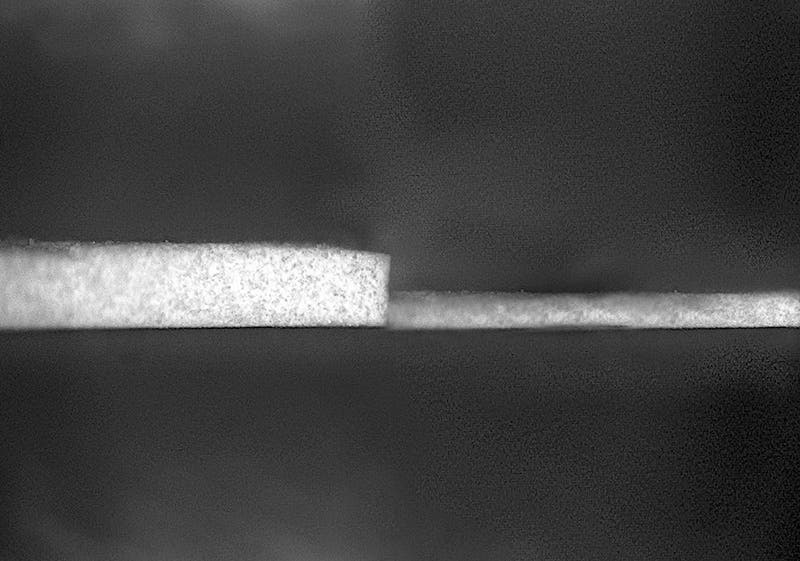
As the world increasingly warms, urban heat islands have become a deadly concern. Heat is actually the number one weather-related cause of death, claiming more lives each year than floods, tornadoes, or hurricanes. This is why it’s paramount that we find solutions that decrease building temperatures during both day and night to give people the chance to cool off and hydrate.
With this in mind, in 2021, researchers at Purdue University unveiled the world’s whitest paint, which reflects up to 98.1% of sunlight, reflecting infrared heat and beaming it back into space. This paint, which is whiter than virgin snow, is meant to cover buildings and cool them down by as much as 4.5°C below the ambient temperature. But developing is one thing, and making it usable is another.
Now, researchers have tweaked their formula to make the paint thinner, which makes it applicable in practical situations. The original paint deposited a thick coat of 0.4 millimeters, which is fine for stationary structures like buildings where the size and weight of a coating are of no importance, but becomes a problem when considering applying it to cars and airplanes.
“I’ve been contacted by everyone from spacecraft manufacturers to architects to companies that make clothes and shoes,” said Xiulin Ruan, a Purdue professor of mechanical engineering and developer of the paint. “They mostly had two questions: Where can I buy it, and can you make it thinner?”
The latest formulation made at Purdue is nearly three times thinner, achieving nearly the same solar reflectance with just a 0.15-millimeter layer of paint.

Both the original and the tweaked hyper-white paint contain barium sulfate, a chemical routinely used to make photo paper and cosmetics. Barium sulfate can make things really reflective, meaning that they become really white to our eyes. But what makes barium sulfate really special is its ability to also reflect ultraviolet light, something that normal white paint doesn’t do. The chemical is mixed with a standard acrylic solvent, so it can be manufactured like any other industrial paint.
The new formulation uses boron nitride in a hexagonal nanoplatelet form, rather than spherical nanoparticles used in the previous formulation, which greatly reduces the thickness of the coating while sacrificing only 0.2% in reflectivity. Additionally, this formulation is also less dense, so a coating weighs around 80% less than the original ‘whitest wait’ paint.
“This light weight opens the doors to all kinds of applications,” said George Chiu, a Purdue professor of mechanical engineering. “Now this paint has the potential to cool the exteriors of airplanes, cars or trains. An airplane sitting on the tarmac on a hot summer day won’t have to run its air conditioning as hard to cool the inside, saving large amounts of energy. Spacecraft also have to be as light as possible, and this paint can be a part of that.”
Researchers claim they have filed for patents and expect both formulations to become commercially available in the near future.
Everything is in place to turn this paint into a resounding success. The manufacturing can be scaled with ease and the value proposition is strong. For instance, the additional costs of using a premium white coating can be easily offset in the long run by greatly reducing the load of air conditioning. This not only saves money but also energy which usually comes from fossil fuels that contribute to a self-reinforcing warming cycle.
The findings appeared in the journal Cell Reports Physical Science.






